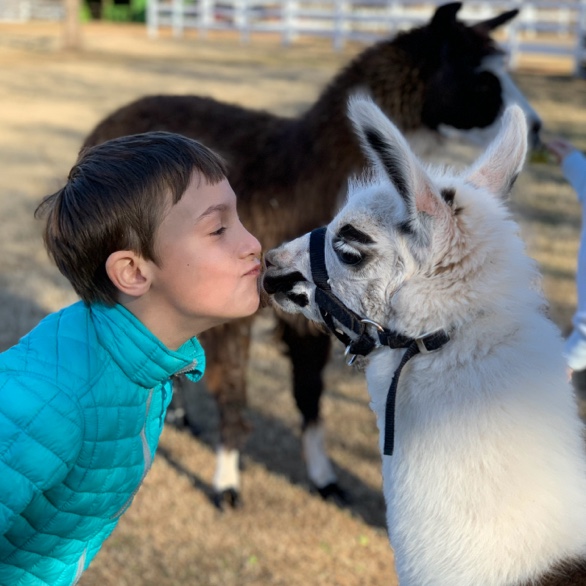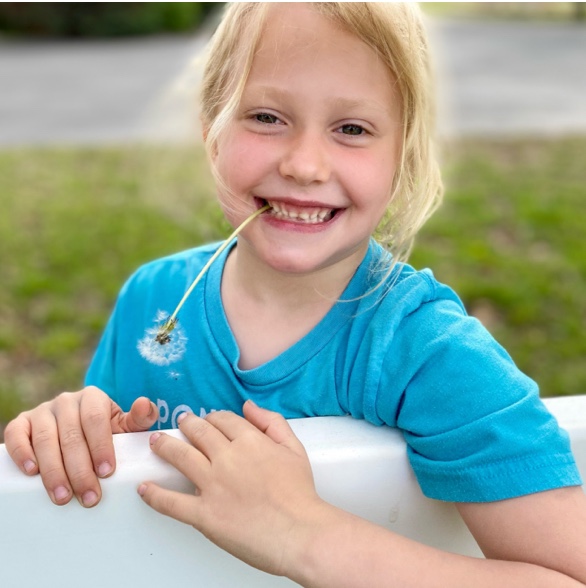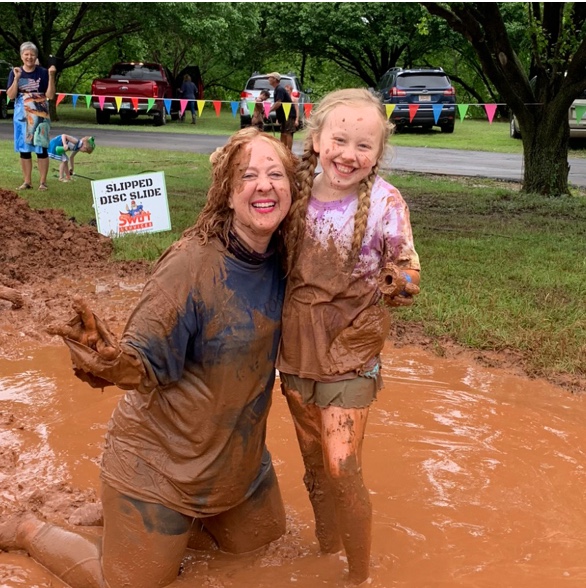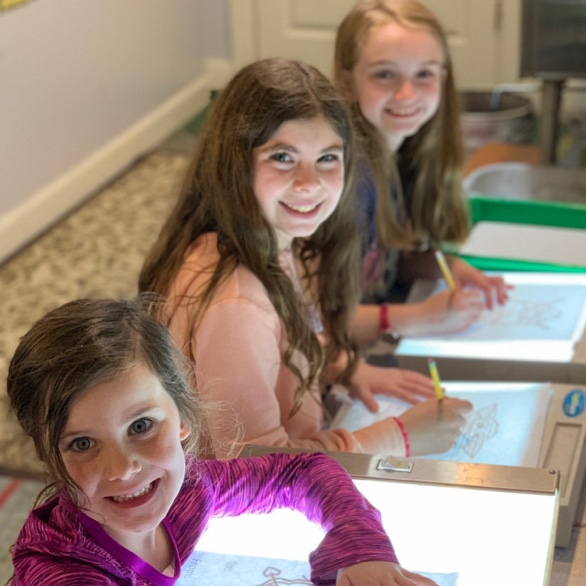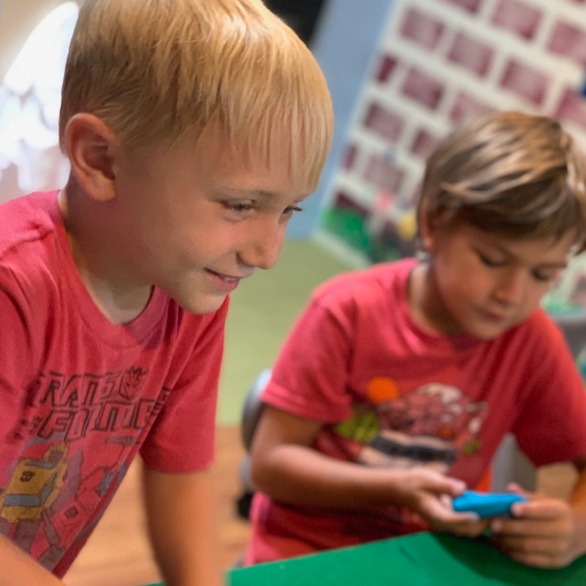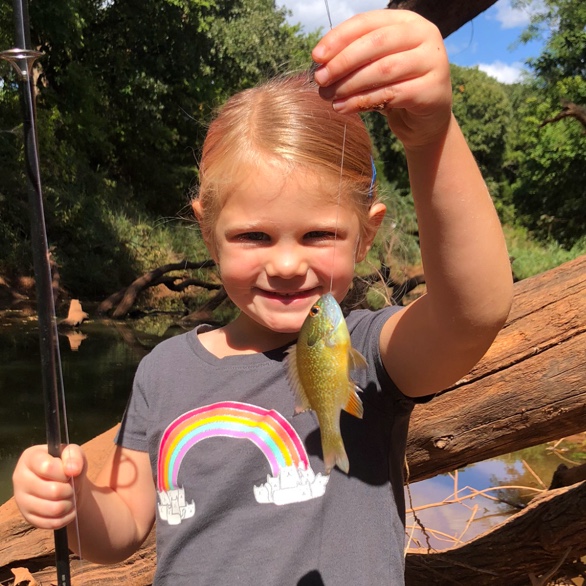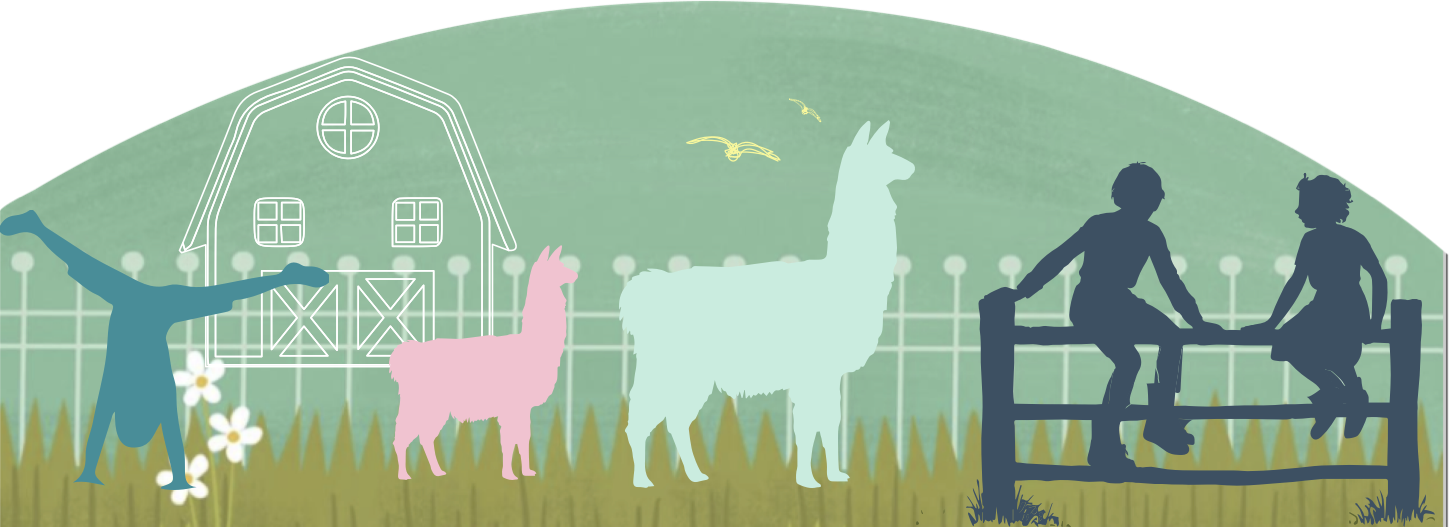Thanks to an anonymous grant in 2008, Keystone designed and constructed the first cognitive-sensory classroom on a school campus in the United States.
In our commitment to educating the whole child, we recognized that children’s brains and bodies need to work together to help learning “stick” and move from the acquisition stage to the applied stage.
Brain and body collaboration are increased when the child’s sensory processing is fluent and functional. Hard, physical work and active play generate cognitive and sensory engagement, setting the stage for brain and body organization and retention of learning. We call this one-of-a-kind cognitive-sensory classroom “The COG.”
How do we use The COG?
The COG provides daily opportunities for children to swing, twirl, bounce, climb and fall in a safe and fun environment, guided and supported by our trained Cognitive Sensory teacher, Jessica Carel.
Keystone believes deeply in the importance of allowing time and space for each child to organize neurologically, emotionally, and physically. Sensory integration is natural for many of our children and difficult for a few. The beauty of having The COG on site is that its use is not only a part of Keystone’s daily schedule, but also available on demand when specific children or groups of children need to shift focus, restore, and/or reorganize mental and emotional behavior.
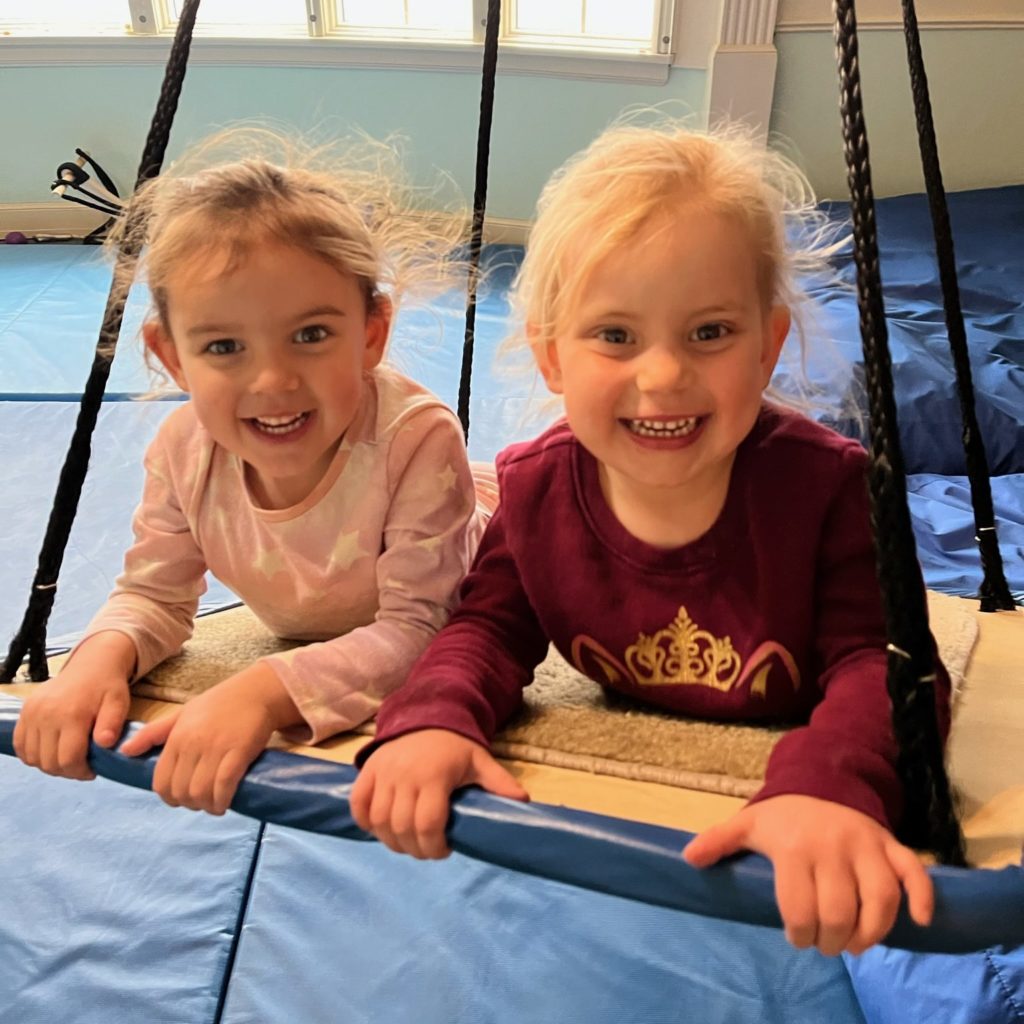
How does time in The COG actually help learning “stick” with children?
As each child is physically challenged or soothed by teacher-guided activity in The COG, the success is immediately apparent; behavior is modified and/or cognition is fluent, edging out frustration, anxiety, or confusion.
This fluency, both behavioral and cognitive, transfers into the classroom, social situations, and ultimately becomes a personal model for appropriate action in daily life. Mid-line issues can be addressed, as well as many learning skills specific to self-regulation, self-soothing, focusing, processing, proprioceptive, interoceptive, and vestibular issues.
For instance, the interoceptive sense is the 8th sense that communicates vital physiological information from our neural pathways to our brains. This keeps us informed on how we are feeling: hungry, thirsty, hot, cold, itchy, etc. Teaching children to get in touch with these signals so they can take care of their body’s needs can decrease anxiety, as well as address many behavior problems that previously seemed unrelated (defiance, anger, disinterest, inattention, and others).
Our dedication to honoring children’s need to move and play while learning is supported throughout our campus.
Jessica utilizes many outdoor classroom areas to partner vigorous activity with fresh air and daylight, two of the brain’s best pals in awakening and organizing the brain.
There are many manifestations inside the schoolhouse, including replacing existing traditional desk chairs with “ball chairs,” which are exercise balls encased in chair frames. These chairs allow the children to maintain focus, organize neurologically, and keep their cerebellums engaged while working at desks or tables. Plus, they are bouncy and fun!



